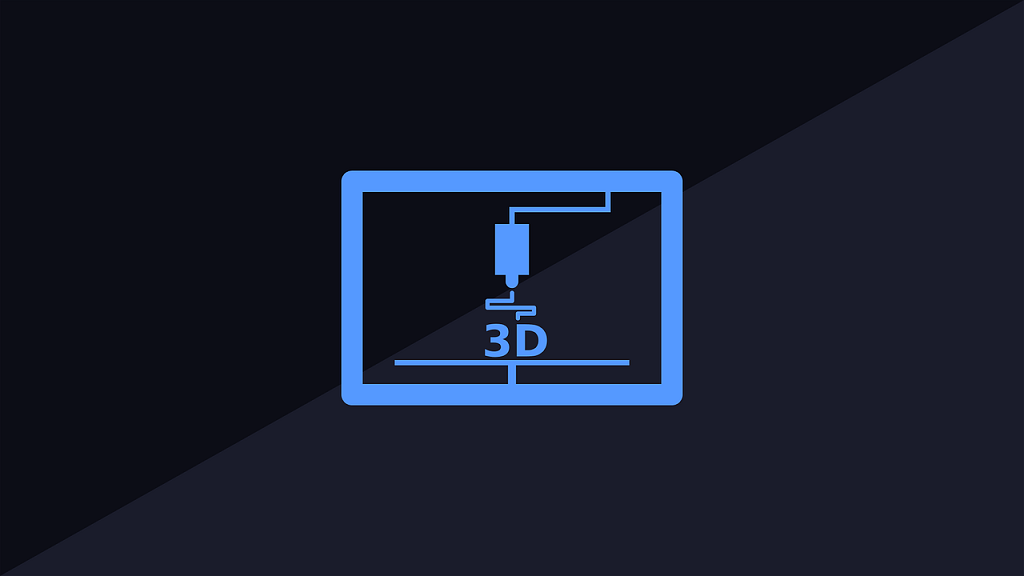![[Image: Pixabay]](https://fabbaloo.com/wp-content/uploads/2020/05/3d-printer-3311587_1280_img_5eb09cee41179.png)
What does it mean that Ultimaker and Sculpteo — presently two of the better-known names in 3D printing — have both recently achieved ISO:9001 certifications? ISO isn’t new, and neither is 3D printing, but the latter can definitely benefit from the former as it broadens its reach into the mainstream — and into an abundance of new industries.
What Are the Benefits of ISO:9001 in General?
The most obvious advantage of obtaining an ISO:9001 certification is good optics. This quality-focused standard helps you communicate to your clients about your wide-ranging commitment to quality. ISO:9001 signifies:
-
The certified company successfully demonstrates a commitment to regulatory, statutory and other industrial requirements.
-
The company demonstrates a process improvement system to help ensure ongoing customer satisfaction and product safety.
-
The company and its decision-making structure demonstrate strong communication skills and a commitment to ongoing transparency.
But beyond the positive impact to your reputation, what are the ways in which this certification can help you deliver concrete results?
Earning Credibility in Established Industries
In Sculpteo’s case, earning this certification meant opening the door to partnerships with more established industrial companies. One such company is Bombardier, which undertakes challenging engineering tasks like designing airplanes and freight trains. Industries like these carry important regulations — and very high stakes, safety-wise — when it comes to things like stress testing even the tiniest components.
When it comes to producing mission-critical parts in major constructs like airplanes, 3D printing as a technology is maturing rapidly and already delivering major cost savings. But pursuing relevant certifications helps you demonstrate to every other player in the industry that the parts you build are, as they say, “ready for prime time” — and ready to stand up to the regular use and abuse the rest of your targeted industries are already accustomed to demonstrating.
Getting on the Same Page With Multiple Manufacturing Partners
Another reason why ISO certification is more, not less, relevant in the age of additive manufacturing is thanks to the proliferation of “hybrid manufacturers.” This is where multiple locations and manufacturers are involved with assembling a company’s various product lines. 3D printing facilitates these kinds of relationships thanks to more easily shareable schematics and “digital twin” inventory systems. Digital twins are quickly replacing physical inventories — manufacturing partners simply call upon the same shared library of schematics to turn out identical products time and again.
With multiple partners potentially collaborate on many runs of the same product, it becomes important to know that each party works from the same set of design principles and organized commitments to quality. That means getting everybody on board with ISO:9001 and other recognized industry standards, rather than taking anything for granted.
Demonstrating a Commitment to Customer Satisfaction and Safety
Customer satisfaction is one of the primary tenets of the ISO:9001 certification, and that makes earning it another signal that you take ongoing excellence seriously. But what does continual improvement mean in this context? Companies with this certification usually:
-
Know reflexively how to find wasteful processes and missed opportunities, to pass on cost savings to customers and clients.
-
Have better systems in place for monitoring customer satisfaction and after-market product performance.
-
Take employee training more seriously where attention to detail, transparency and integrity are concerned.
-
Have leadership and decision-makers who know how to achieve an attractive balance between profitability and social and environmental stewardship.
Moreover, accreditation in applicable quality standards signifies your company takes a pro-social approach to raw materials sourcing, that it stresses evidence-based decision making at every point, and that it continually looks for ways to operate more efficiently.
Bringing Credibility to a Relatively New Discipline
Performing some types of contracting work for the U.S. government requires that the company in question carries certification to ISO standards. That makes one more potential door that can open for you when you pursue this standard.
3D printing and additive manufacturing techniques aren’t brand-new, but they’ve been the stuff of headlines with increasing frequency in recent years. Perhaps the most attractive part of pursuing ISO:9001 accreditation is helping to “legitimize” 3D printing as a partner for industries of all kinds, and one that brings real value through world-class products.
And no matter which field your 3D printing company occupies, ISO accreditation readily applies to companies in a variety of verticals:
-
Health devices
-
Aerospace
-
Automotive
-
Electronics
-
Military
-
Construction equipment
-
And more
Given the many industries and applications where 3D printing expects to gain a foothold, and the economies across the globe that stand to benefit from leaner and more consistent operations, it’s probably not a stretch to say accreditation according to ISO and other standards is more important than ever. Competition is fierce everywhere, competitive differentiators can be hard to come by, and the importance of high-quality parts with unimpeachable pedigrees and bulletproof traceability is more than clear.
For these reasons and many more, ISO accreditation is well worth considering for your printing and assembly company or even your small machine shop.











Aurora Labs announced an important milestone in the development of their rapid metal 3D printing process.